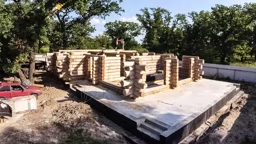
If opening up your utility bills each month makes you break into a sweat — no matter what the setting on the thermostat says — we’ve got some good news: You can slash your energy usage and your monthly bills in a big way by making a few smart energy-saving moves.
“Americans are more likely than ever to adjust their homes to match their personalized way of life,” explains Allen Halcomb, president of MossCreek, a design firm in Knoxville, Tennessee. “We design homes around personality and lifestyle, and this reflection of individuality has never been as prominent as it is today.” “There isn’t a single magic bullet, but focusing on key areas can have a big impact on household energy costs,” says Matt Golden, CEO of Open Energy Efficiency.
The Structural Envelope
Why it matters
It’s the number-one culprit of wasted energy. “Focusing on sealing your building shell will get you the biggest bang for your buck when it comes to saving energy and money,” says Matt.
What you can do
Look beyond traditional concrete foundations and roofing systems to insulated concrete forms (ICFs) and structural insulated panels (SIPs) since floors and ceilings typically result in the most significant energy losses in log homes. Both products have impressive R-value ratings and can be used in either full-log or half-log houses. In an existing home, consider an energy assessment, which can reveal gaps in efficiency — literally. Inspections usually include a blower-door test and infrared thermal imaging that will zero in on problem areas and fixes, like caulking walls and weather stripping doors and windows. These simple remedies will help achieve an air-tight envelope.







_11868_2023-04-27_10-18-256x288.avif)



